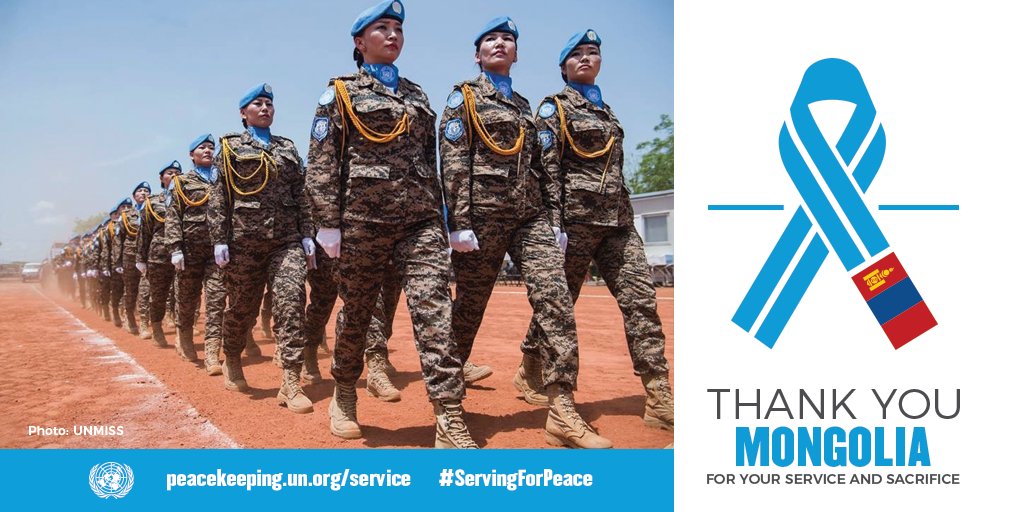
Political system
After 200 years of oppressive rule under the Qing Dynasty, the political system of Mongolia began to change in 1911 when the country declared its independence and appointed Bogd Khan as the leader of both the country and its religion, Tibetan Buddhism.
The nation’s political system faced a further renaissance in 1921 when, aided by the Russian Red Army, the People’s Revolution resulted in Mongolia becoming only the second socialist country in the world at that time. Following Bogd Khan’s death in 1924, the country became the People’s Republic of Mongolia and operated as a one party state under a Communist regime.
Mongolia joined the United Nations in 1961 but life as a Communist country became increasingly difficult following the collapse of the entire socialist political system and the Soviet Union without whose economic support and financial aid, Mongolia began to suffer and the country faced a national crisis.

As a result, after almost 70 years as a socialist country, Mongolia began its movement towards becoming a self-governed nation following the democratic revolution in March 1990. Taking inspiration from the fall of Communist regimes elsewhere in Eastern Europe and the Soviet Union, the revolution led to the Communist government being overthrown and a new multi-party political system being established.
To establish its identity as a democratic nation, in 1992 the government adopted a new constitution and established a free market economy, renaming the former People’s Republic of Mongolia as Mongolia to further demonstrate its existence as an independent democratic country.
Under the new constitution, elections were held to appoint members to the State Great Khural, the parliament of Mongolia who were also responsible for electing into office the first President and Head of State, Punsalmaagiin Ochirbat. He held office until 1990 and was succeeded by three further Presidents until today’s incumbent, Khaltmaagiin Battulga, was elected to the position in 2017.
Presidential candidates must be aged 45 or over, be a native born citizen of Mongolia and have permanently resided in the country for a minimum of the preceding five years. Presidential elections are held every four years and the candidates are nominated by those with seats in the State Great Khural. There are 76 seats in parliament which are filled by elections throughout Mongolia’s 21 provinces. The governors of each province are appointed by the Prime Minister.
All citizens over the age of 18 and who are resident in the country are eligible to vote in Mongolia’s elections and the winning candidate in each district must achieve at least 28% of the vote to be successfully elected otherwise a by-election is necessary. In addition, at least 50% of the electorate in a constituency must have voted in order for the result to be valid.
After freeing itself from the confines of Communism and since the democratic revolution in 1990 which gave rise to a complete restructuring of the country’s political system, Mongolia has become a thriving independent nation.













